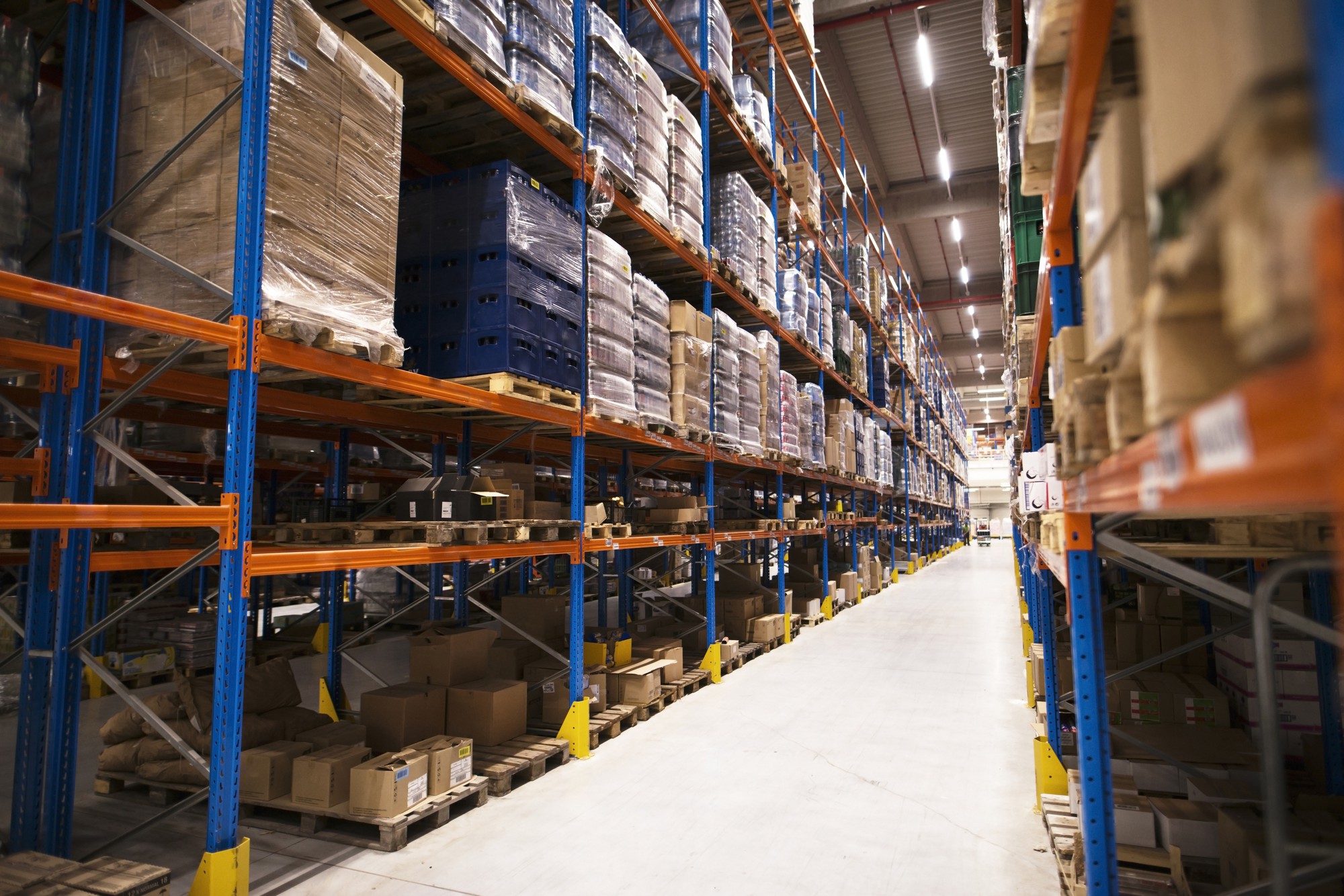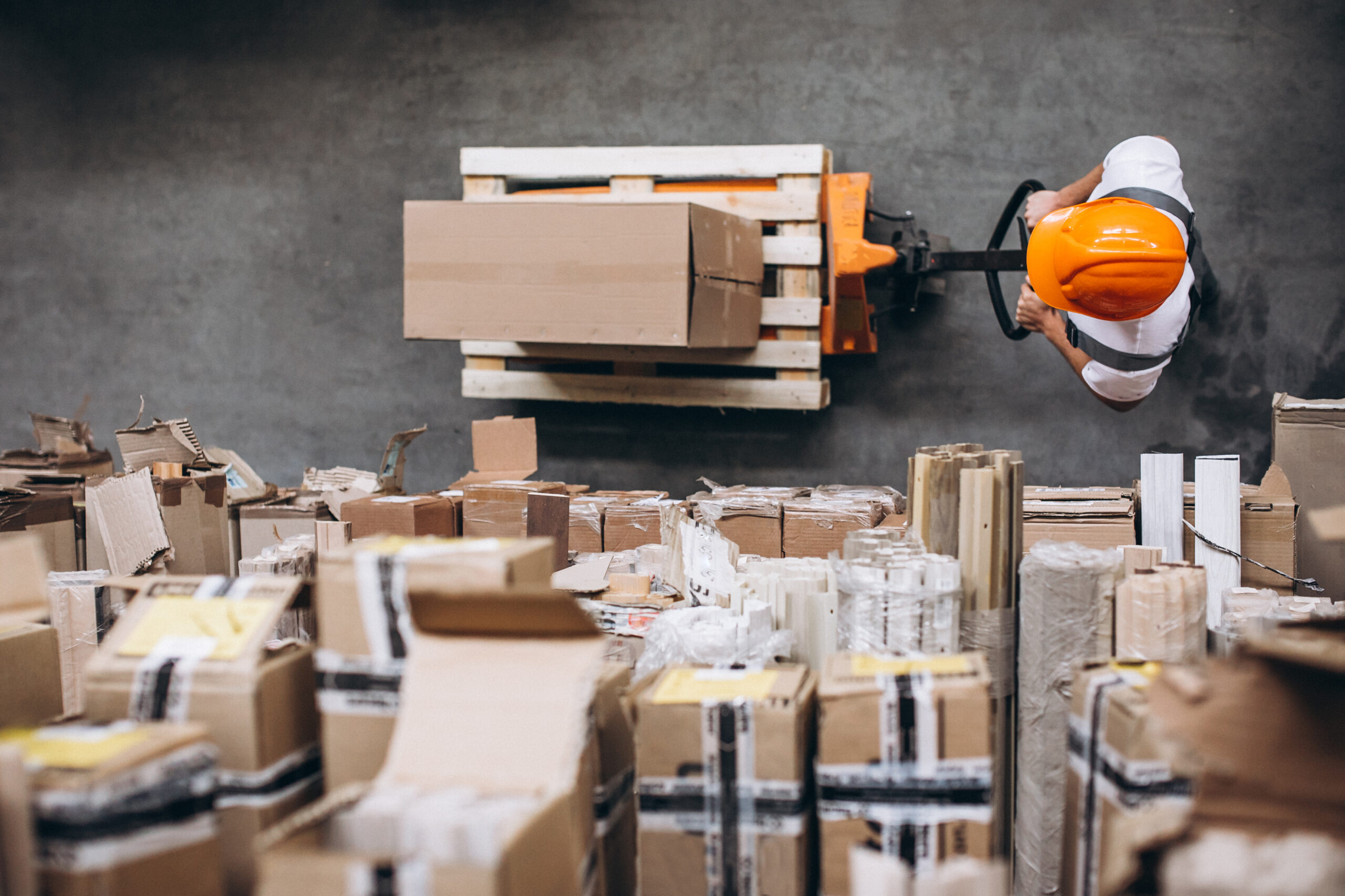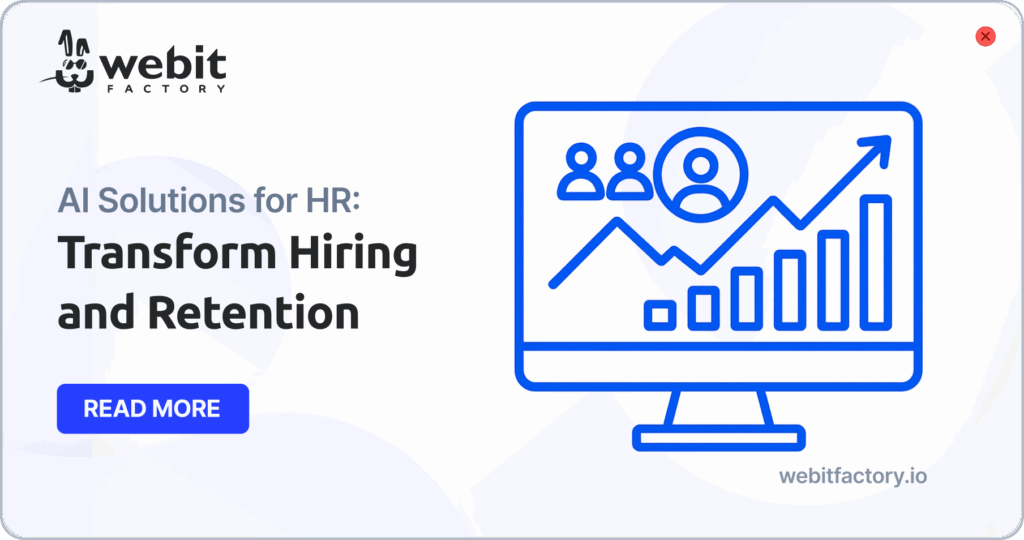AI in logistics and supply chain is transforming how goods move, warehouses operate, and decisions are made. As global trade becomes increasingly complex, businesses are turning to artificial intelligence to streamline operations, forecast demand, and reduce waste. From route optimization to automated inventory control, AI delivers precision, efficiency, and agility, which are factors critical for success in today’s fast-paced markets. This article explores how AI reshapes logistics and supply chains, its benefits, real-world applications, and what companies need to know before implementation.
What AI in logistics brings today
Artificial intelligence is transforming the logistics landscape by enabling smarter, faster, and more scalable decision-making. Traditionally, supply chains relied heavily on manual processes and fragmented systems, which often led to inefficiencies and slow response times. AI changes that by integrating data from various sources (such as IoT sensors, ERP systems, and customer platforms) and analyzing it in real time.
This results in significantly improved supply chain visibility, allowing companies to identify issues early and respond quickly. AI also automates routine tasks like shipment tracking, customs documentation, and customer notifications, reducing the workload for human teams and minimizing errors.
RTS Labs highlights that companies using AI see demand forecast errors reduced by up to 50% and warehouse pick productivity more than double through automation. These efficiency gains directly impact profitability and customer satisfaction.
Smarter planning with predictive analytics
Planning is the backbone of any efficient logistics operation, and AI takes it to the next level through predictive analytics. This technology enables organizations to anticipate demand shifts, plan inventory restocks more accurately, and adjust transportation routes in near real-time.
One of the most impactful areas is transportation planning. AI can reroute shipments dynamically based on live traffic, road closures, or extreme weather. Uber Freight demonstrates this well: its AI systems reduce “empty miles” by 10–15%, lowering fuel consumption and improving asset utilization, as reported by Business Insider.
In addition, predictive maintenance uses AI to anticipate when logistics equipment, like trucks or conveyor systems, will need repairs, preventing costly downtime. As more companies embrace these tools, the role of AI evolves from back-end support to front-line decision-making, helping firms stay resilient in unpredictable market conditions.
AI-powered inventory and warehouse optimization
Warehousing is one of the most AI-transformed areas in logistics. Automated systems now handle inventory tracking, restocking, and even picking and packing tasks. This minimizes human error and reduces overhead.

- Accurate real-time inventory levels prevent stockouts and overstocking
- Robotics streamline picking and increase order throughput
- Forecasting models predict replenishment needs automatically
Business Insider states that healthcare providers like Mayo Clinic and Cleveland Clinic use AI to automate supply replenishment and reduce waste. These systems free up staff time and ensure critical supplies are always available.
How leading companies use AI in logistics
Major industry players have already integrated AI to create more agile and resilient logistics networks. CDO Times notes that Amazon’s supply chain is a prime example: leveraging predictive analytics, machine learning, and warehouse robotics to operate at global scale with high efficiency. From forecasting product demand to dynamically allocating inventory and optimizing last-mile delivery, AI is embedded across Amazon’s operations to reduce lead times and improve service consistency.
Oracle offers a comprehensive suite of AI-driven tools that improve core logistics functions, including inventory tracking, warehouse capacity planning, and shipment monitoring. These solutions empower businesses to gain real-time visibility and make more informed, automated decisions, particularly during disruptions or demand spikes.
VKTR Logistics also demonstrates how AI can enhance supply chain transparency. By applying AI to transportation data and customer service workflows, they reduce bottlenecks, better predict delays, and deliver higher accuracy in estimated arrival times. Their example shows that even mid-sized logistics firms can achieve significant ROI from targeted AI adoption, without the scale of a tech giant like Amazon.
Challenges to address before adopting AI in logistics
Despite the clear advantages, AI implementation is not without its hurdles. Many organizations face difficulties integrating AI due to fragmented data, lack of skilled personnel, and unclear strategies.
- Data silos make it hard to gather and analyze consistent insights
- High initial costs can slow adoption for small to mid-sized firms
- Resistance to change requires leadership and cultural alignment
According to MIT Sloan, many supply chain leaders acknowledge AI’s potential but feel unprepared to deploy it effectively. Success depends on developing a strong data infrastructure and a clear roadmap for transformation.

AI in logistics and supply chain has shifted from an emerging trend to a critical business advantage. Companies already using AI report better forecasting, faster fulfillment, and stronger ROI. While challenges remain, the benefits are too significant to ignore. With practical applications already in place and proven results from industry leaders, AI is paving the way for smarter, more resilient supply chains.
Want to improve your logistics?
Related Articles

AI Agents Explained in Simple Terms
Discover what AI agents are, how they work, and why intelligent agents are reshaping automation across industries.

AI Solutions for HR That Transform Hiring and Retention
AI solutions for HR are transforming hiring and retention with faster recruitment, better cultural fit, and lower turnover rates.

Cross-Chain dApps Are Shaping Web3
Cross-chain dApps are shaping Web3 by streamlining UX, improving contract monitoring, and bridging fragmented blockchain ecosystems.
